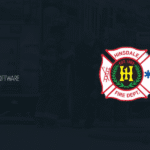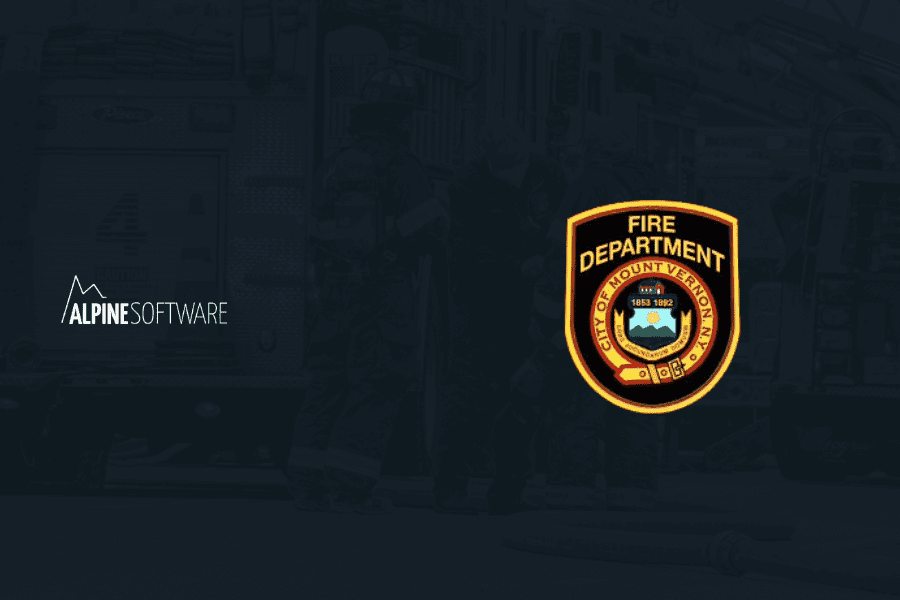How ISO Scores Affect Communities & Why State ISO Scores Matter
ISO Scores primarily affect homeowners and businesses in the community in two ways: psychologically and financially. ISO scores are a measure of how well the fire department can protect the community.
If the rating is low, residents and business owners likely feel safer knowing firefighters can help them when needed. The financial impact of ISO ratings lies in the effect they can have on insurance premiums. In many areas, property insurance underwriters use local area scores to determine the risk of property damage claims.
If the score is too high, there may be a higher likelihood of having to pay out claims. If the score is low, that can signal lower risk. These ISO-based risk assessments can factor into the premiums insurance companies charge and, in some cases, whether they’ll offer a policy at all.
For this reason, fire departments and even state governments need to view improving ISO scores as a long-term investment in residents and business owners. Doing so reduces fire risk, makes communities safer, and even reduces financial risk. It also restores public faith and trust in the very entities designed to protect people.
Want more information on what makes up an ISO Score? Read our ISO Scores 101 article.
Top States With the Best ISO Scores

ISO scores on the lowest end of the spectrum are pretty uncommon. However, a few states and territories have managed to achieve them. In Florida, 110 fire departments have earned an ISO score of two. Two is the most common rating among all Florida fire departments.
Still, some departments are doing even better than that. For example, the Key West Fire Department has been able to maintain an ISO Score of one, something only 1% of departments across the nation have managed.
Surprisingly, the state of California has many departments with an ISO score of two. Major areas like Riverside, Vallejo, and Fairfield, which all share the same score of two, have put a lot of work into ensuring that scores stay low and communities remain safe.
Washington, D.C., isn’t technically a state, but it still deserves to be mentioned in this conversation. It has just one fire department, but that one is doing very well, with an ISO score of two. Other honorable mentions include South Carolina and Rhode Island.
When it comes to common factors that drive these high ratings, some of the answer lies in effective training programs. For example, the Florida Keys invested $1.96 million in its 5,000-square-foot live fire training facility in 2017. Riverside, California hired more firefighters and paramedics as well as increased trucks by 25%.
Like many other cities, Washington, D.C., hopped on the public-private trend to build fire stations in private buildings, which saves money on infrastructure. Those are dollars that can be reinvested into initiatives that lower ISO scores — something D.C. is clearly good at doing.
States With Room for Improvement
Though some states are doing well, others have a higher-than-average number of fire departments with scores of eight or higher. Some of these states include:
- Maine
- Vermont
- New Hampshire
- North Dakota
- South Dakota
- New York
- Michigan
- Nevada
- Indiana
There are many possible reasons for these higher scores. In some cases, rural areas may not have as much access to water. If regions are not well populated, there aren’t as many people to pay taxes and contribute to the public safety budget. As a result, there could be a lack of funding for new equipment, new infrastructure, or more personnel.
It seems that some states are taking action to try to improve ISO scores. Here are some examples:
- Grand Rapids, Michigan: Recently secured a $1.5 million grant for a brand-new firefighter training facility
- Indiana: Is investing in training.
- New York: Is seeking to strengthen volunteer firefighter recruitment by offering stipends of $500 to $1,000 to offset training costs
As these examples show, there are many ways a department can attempt to improve its ISO score.
State-by-State Comparison of ISO Scores
The national average for ISO scores is roughly 5.5. The 20 states with scores higher than that average include:
- Kansas
- Wyoming
- Maine
- New Hampshire
- Vermont
- Pennsylvania
- Virginia
- North Dakota
- South Dakota
- Montana
- Iowa
- Missouri
- Minnesota
- Michigan
- Nebraska
- Nevada
- New Mexico
- Oklahoma
- Arkansas
- Indiana
These seven states, on the other hand, are just about at the national average:
- Alabama
- Wyoming
- Maryland
- Tennessee
- Texas
- Kentucky
- Wisconsin
The 23 states not appearing on these lists fall below the national average when it comes to ISO scores.

It seems that some states are taking action to try to improve ISO scores. Here are some examples:
- Grand Rapids, Michigan: Recently secured a $1.5 million grant for a brand-new firefighter training facility
- Indiana: Is investing in training.
- New York: Is seeking to strengthen volunteer firefighter recruitment by offering stipends of $500 to $1,000 to offset training costs
As these examples show, there are many ways a department can attempt to improve its ISO score.
How Can Alpine's RedAlert Help Your Fire Department Improve Efficiency & Service?
To improve anything in your fire department, you must be able to track and measure data and activities. This is what RedAlert helps your department accomplish.
![]() Our fire prevention tracking module assists your firefighters in improving community risk reduction scores by completing thorough inspections and investigations with ease.
Our fire prevention tracking module assists your firefighters in improving community risk reduction scores by completing thorough inspections and investigations with ease.
 Our platform helps you work toward enhancing your fire department scores with firehouse administration, as well as streamlined equipment and maintenance tracking.
Our platform helps you work toward enhancing your fire department scores with firehouse administration, as well as streamlined equipment and maintenance tracking.
 You’ll also have access to easy personnel scheduling to ensure adequate staffing and fast response times and be able to manage meetings, drills, and training all in one place.
You’ll also have access to easy personnel scheduling to ensure adequate staffing and fast response times and be able to manage meetings, drills, and training all in one place.
 Our customizable reporting features ensure you stay in compliance and keep a close eye on your progress.
Our customizable reporting features ensure you stay in compliance and keep a close eye on your progress.
Schedule a demo today and see how our team can build a customized solution to help you achieve operational efficiency and enhance community safety.








